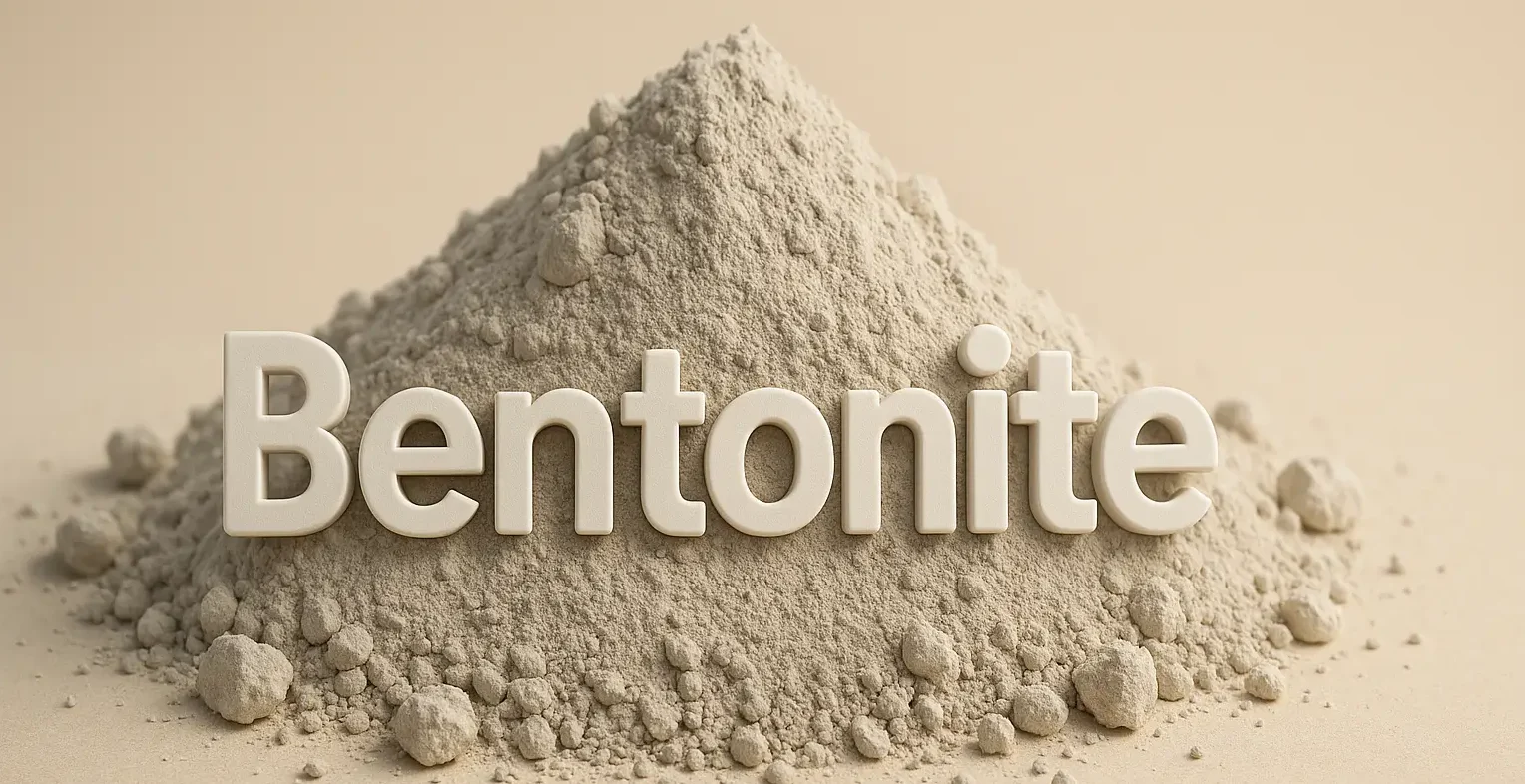Bentonite
Preparation of Bentonite: Bentonite is a naturally occurring clay, mainly composed of montmorillonite (a type of smectite). Obtained through mining and purification processes like washing, sedimentation, and centrifugation to remove impurities and achieve the desired properties. Properties of Bentonite: Light gray or cream-colored fine powder Odorless Insoluble in water but forms a colloidal suspension High … Read more





